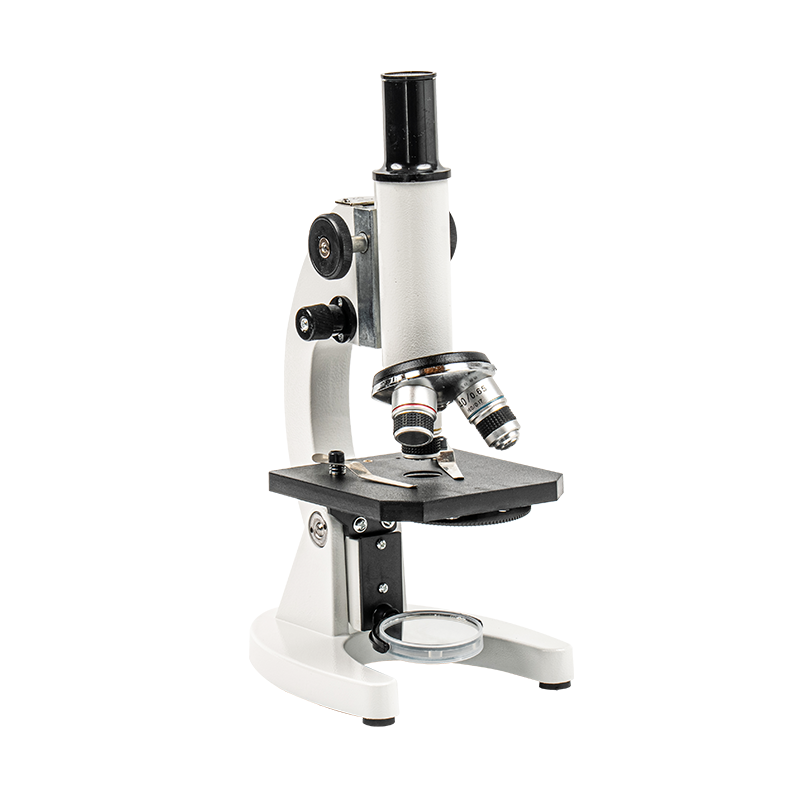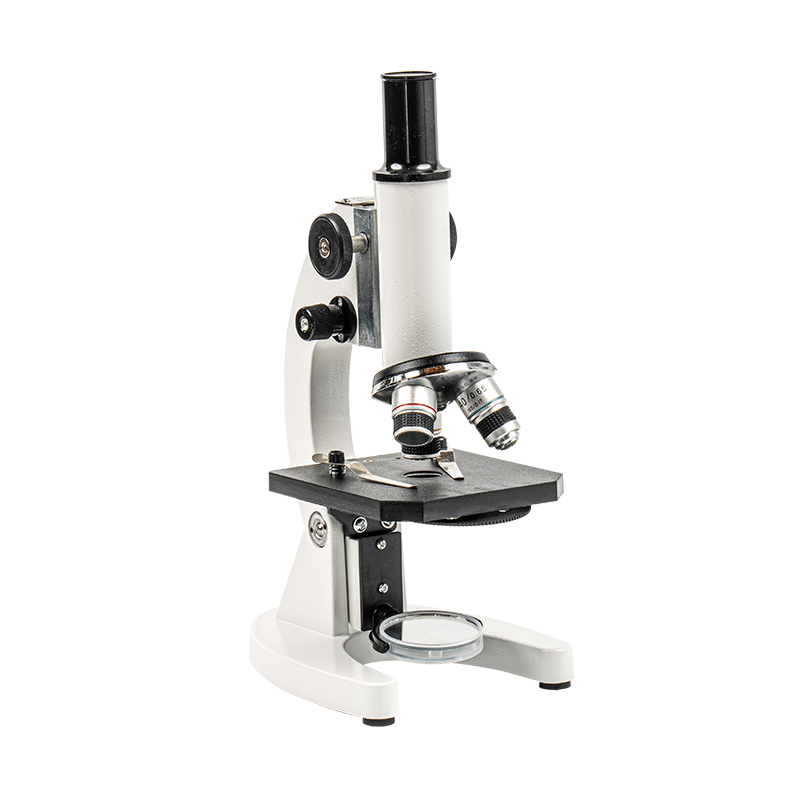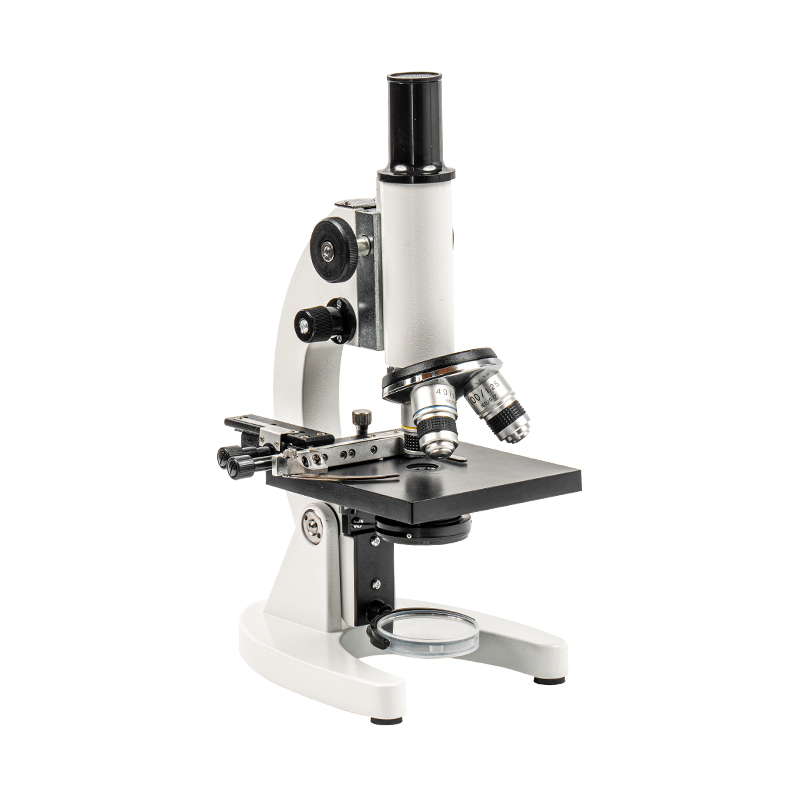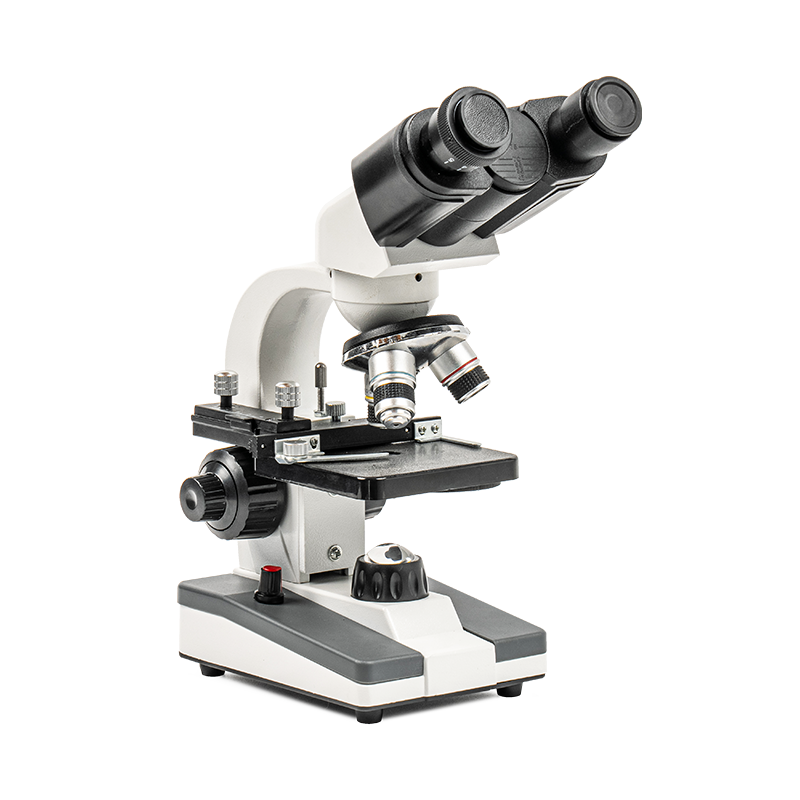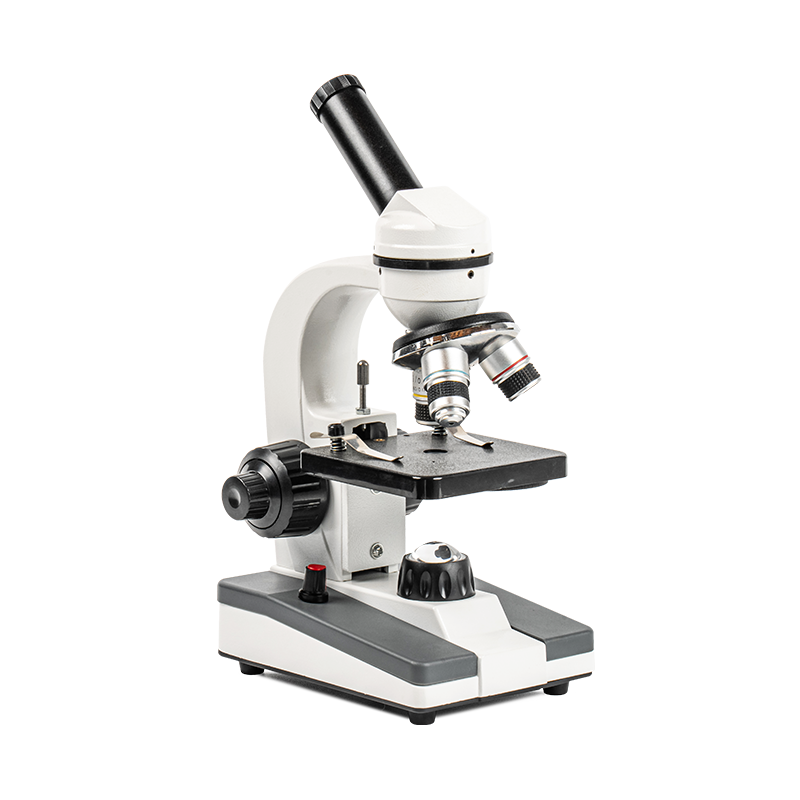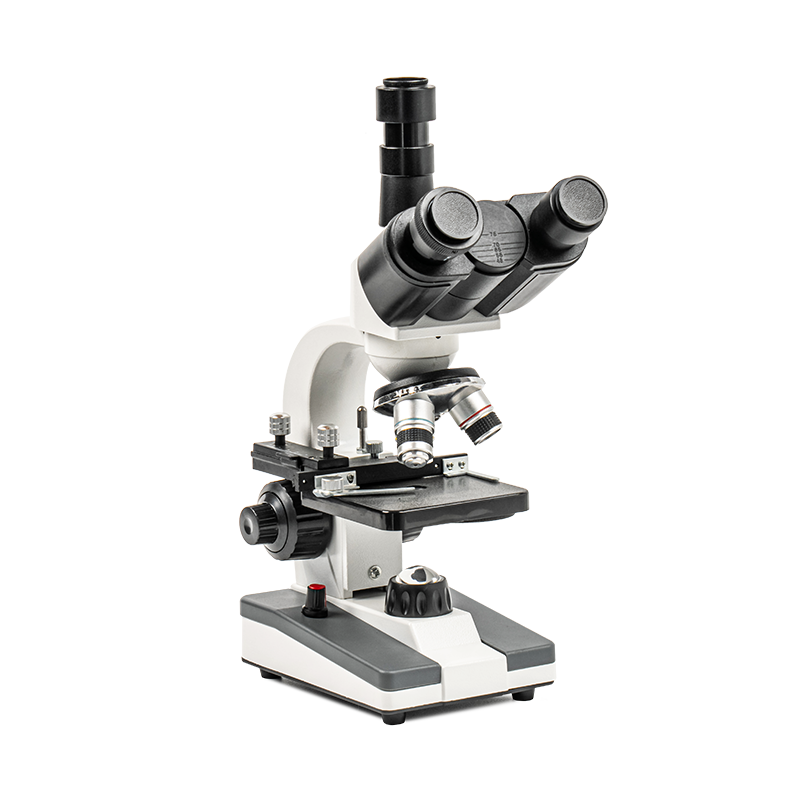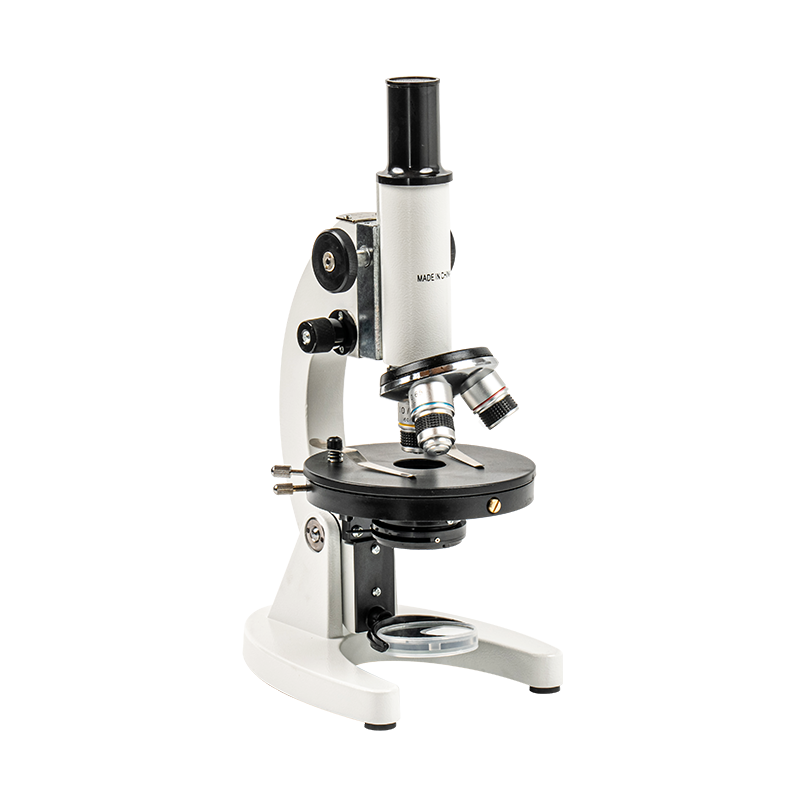With the continuous advancement of science and technology education worldwide, parents and educational institutions are increasingly prioritizing the development of children's curiosity, spirit of exploration, and innovative abilities from an early age. Microscopes for Kids are undoubtedly a crucial educational tool in this endeavor. They not only expose children to the fascinating world of science but also foster their all-round development by stimulating their creativity and spirit of inquiry.
Content
Microscopes: Opening the Door to the Microscopic World
The microscope's role goes far beyond mere observational tools. It allows children to explore a microscopic world they normally wouldn't see. Whether it's microorganisms in a water droplet, cells on a plant leaf, or the texture of an insect's wing, children can observe minute details in nature through a microscope. These details aren't just part of the natural world; they offer children new dimensions of inquiry and uncharted territory for exploration.
When children witness microorganisms swimming in water, observe the arrangement of plant cells, or discover the crystal structure of a mineral, they are often captivated by these unique phenomena and spark a strong curiosity. It is this curiosity that drives them to delve deeper and ask questions—"How do these microorganisms live?" "Why is the structure of plant cells so complex?" These questions not only spark children's curiosity but also motivate them to think further.
| Configuration | |
| Viewing head | 4X、10X、40X |
| Magnification factor | 40X-1000X |
| Huygens eyepiecesng head | Wide Field Eyepiece:WF10X、Wide-angle eyepiece |
| Viewing head | Bionocular |
| Illumination | LED light (upper and lower light source) |
| Power supply | 3.0V (3 no. 5 batteries) |
Microscopes: Stimulating Children's Creativity and Exploratory Spirit
The greatest appeal of a microscope lies in its ability to plant the seeds of exploration in children. Children's curiosity is the driving force behind their constant exploration of the world, and microscopes, by revealing the marvels of nature, provide them with a boundless field for scientific exploration. Microscopes not only allow children to see the unknown but also encourage them to combine this exploration with creative thinking, generating innovative ideas.
1. Exploring Phenomena and Stimulating Experimental Spirit
When children observe the microscopic world through a microscope, they often discover many new phenomena. For example, they might notice that microorganisms in different water bodies move differently, or that plant cells behave differently in different environments. These new discoveries spark a desire to experiment—"What happens to these microorganisms if I change the water temperature?" Microscopes encourage children to formulate hypotheses based on their observations and design experiments to test their ideas. This process of thinking, from observation to practice, is the core of scientific exploration.
By conducting experiments themselves, children not only deepen their understanding of phenomena but also gain practical experience. The constant trial and error and adjustments involved in the experiment enhance children's hands-on skills. This innovative experimentation not only deepens their scientific knowledge but also fosters creative thinking when faced with the unknown.
2. Interdisciplinary Inspiration and Innovation
Microscopes not only expose children to biology but also connect knowledge from multiple disciplines, such as chemistry, physics, and environmental science, through different observational methods. When observing microorganisms, children may ask questions like, "Why do microorganisms grow in specific environments? How does their growth relate to water temperature and light?" These questions go beyond biological inquiry and also touch upon the influence of physical factors like temperature and light. Using a microscope encourages children to transcend disciplinary boundaries and discover connections between scientific knowledge.
Observing natural phenomena through a microscope allows children to connect knowledge from multiple disciplines, sparking their interdisciplinary and innovative thinking. For example, when studying plant cells, children may connect their thoughts to the relationship between plants and their environment, sparking an interest in ecology. This interdisciplinary approach significantly expands and enhances children's creativity and divergent thinking.
3. Design and Improvement: Inspiring Innovative Problem-solving Skills
When children observe the microscopic world through a microscope, they are not only conducting scientific experiments but also designing and improving their own methods and tools. Microscopes help children understand that science is more than just learning existing knowledge; it also involves improving existing tools and methods to achieve better observations. For example, they might try changing the microscope's magnification, using different light sources, or observing samples from different angles to obtain clearer images.
This innovation and improvement of tools and methods is an important way to cultivate children's creativity. Using a microscope teaches children that innovation isn't just about inventing new things, but also about continuously optimizing and improving existing ones. This mindset can help children become more proactive in problem-solving and lead to more innovative thinking and actions in their future studies and lives.
Microscopes: Inspiring Independent Thinking and Problem-solving Skills
Using a microscope isn't just about observation; it's also a way to inspire independent thinking and problem-solving. While exploring the microscopic world, children often encounter challenges and difficulties, which compel them to proactively think about how to solve problems. For example, when children discover that certain microorganisms cannot survive under certain conditions, they will consider the reasons behind this phenomenon and further speculate on the factors that influence their survival.
This process of exploration and reflection helps children develop critical and independent thinking skills. Microscopes allow children to go beyond simply "seeing" and instead integrate their observations with existing knowledge to analyze and reason. This mindset, moving from observation to analysis and conclusion, will provide a solid foundation for children's future learning and problem-solving.
Microscopes: Promoting Parent-Child Cooperation and Interaction
Microscopes are not only tools for children to explore the world of science independently; they also serve as a bridge for parent-child interaction and shared learning. When parents and children observe the world together through a microscope, they often develop shared interests and topics. Children may ask questions, and parents will engage in discussions about their discoveries. In this process, children not only gain knowledgeable support from their parents but also share the joy of exploration.
This parent-child interaction not only strengthens family bonds but also further stimulates children's creativity and broadens their thinking. In their children's scientific exploration, parents serve not only as guides but also as partners in inspiring their thinking and innovation.

 English
English Español
Español عربى
عربى 中文简体
中文简体